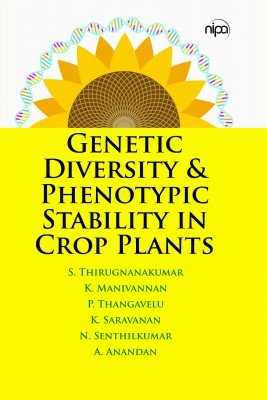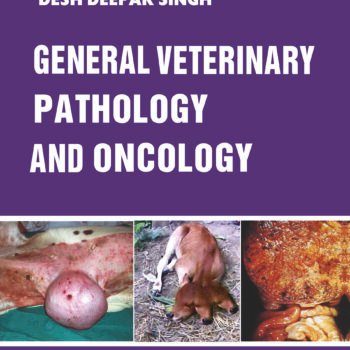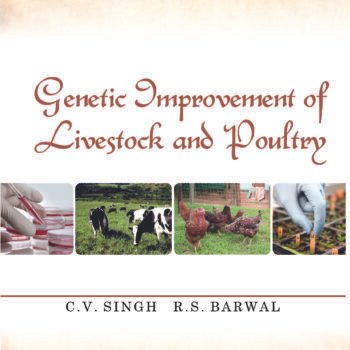In Stock
Genetic Diversity and Phenotypic Stability in Crop Plants
₹1,995.00 Original price was: ₹1,995.00.₹1,496.00Current price is: ₹1,496.00.
| Genetic diversity is a vital component of crop evolution, and its assessment through morphometric analysis in classical plant breeding is highly beneficial for studying crop evolution and identifying suitable parents for developing superior progeny. The use of genetically diverse parents can result in high heterosis in the F1 generation and the production of useful segregants in subsequent generations.
Measurement of genetic diversity has traditionally been carried out using Mahalanobis D2 method, while analysis over different seasons and environments can provide valuable information in the identification of suitable parents. The consistent genetic diversity observed across seasons and environments is particularly useful in practical plant breeding. Additionally, genetic diversity can also be assessed using molecular markers to avoid environmental interaction. The book provides valuable information on genetic diversity and phenotypic stability in various field and horticultural crops for researchers involved in crop improvement programs. |
Author
| author | Thirugnanakumar, S. |
|---|---|
| publisher | nipa |
| language | English |
| pages | 282 |


















